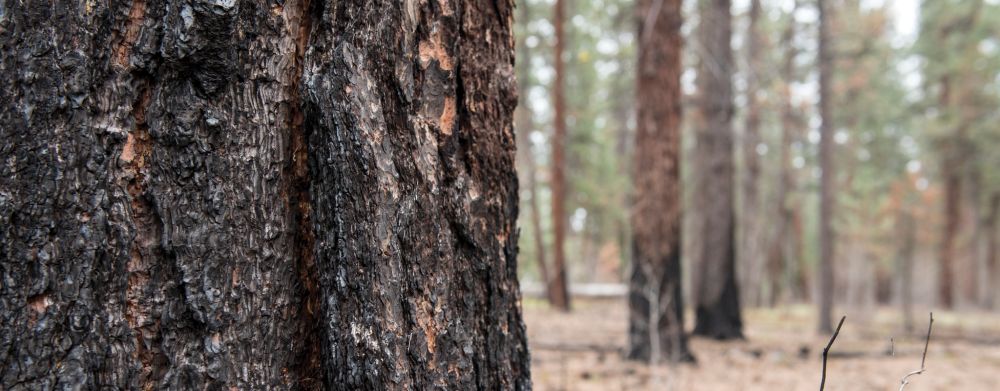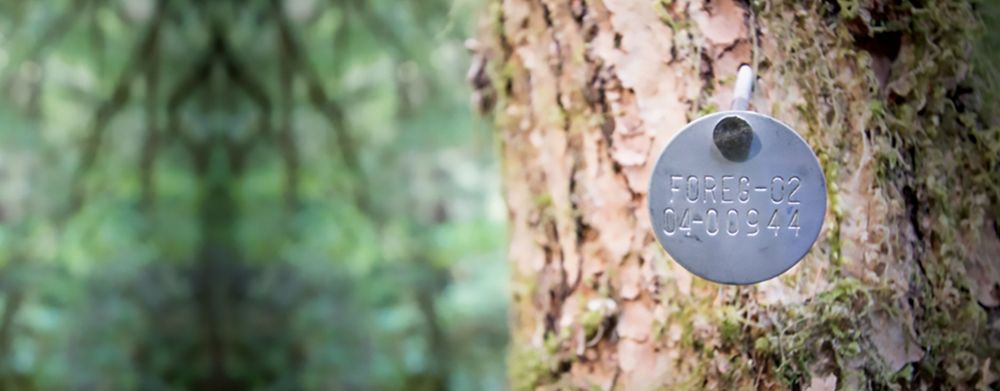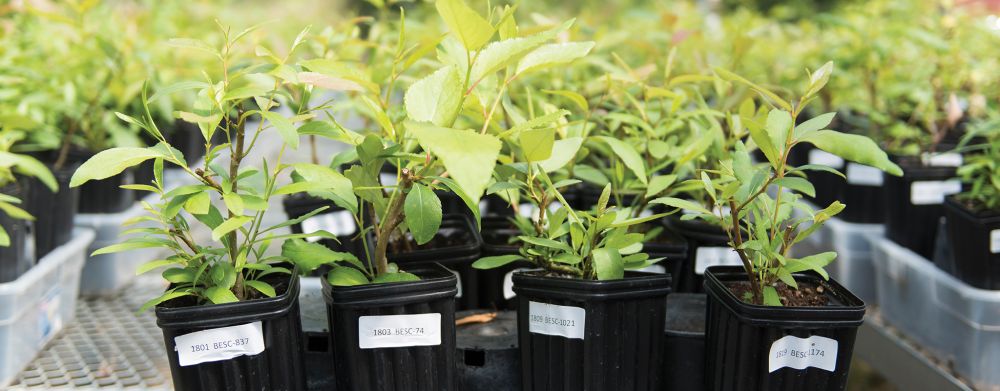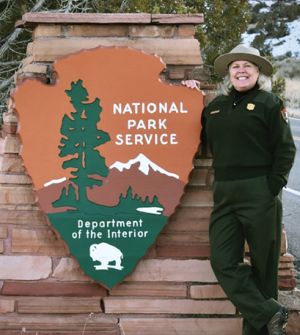
When the devastating westside wildfires swept across Oregon over Labor Day, the Oregon State University Forestry and Natural Resources Extension Fire Program was ready to respond. The program, created earlier in the year, helps identify landscapes in highest need of strategic focus of resources to reduce wildfire risks and prepare and create fire-adapted infrastructure, communities and landscapes.
One of the program’s key objectives is education and outreach, and extension staff and regional fire specialists immediately provided resources and support to those affected by the Oregon fires.
“The extension fire program immediately pivoted to deliver resources and support to communities,” said Tom DeLuca, Cheryl Ramberg-Ford and Allyn C. Ford Dean of the College of Forestry. “The innovative, collaborative extension fire program improves our response to fire by leading with relationships and with preventative, proactive, site-specific responses.”
One reason the extension fire program staff members were able to meet community needs quickly is because of the program’s structure. The program’s regional fire specialists live in the communities in which they work, which means they’re uniquely equipped to address and support the concerns of their communities. It also means they are invested in protecting the community’s resources.
Led by fire program manager Carrie Berger, there are currently six regional fire specialists located in different areas of Oregon, including the Southwest, Central, Willamette Valley and the Cascades and the Southeast. The program also includes statewide fire specialist Daniel Leavell. Since Oregon is ecologically diverse, representation across the state is needed to address the different risks and strategies to reduce high severity wildfire. The regional fire specialists intimately understand the specific geographies, fire regimes and climates of their assigned locations, in addition to the social and ecological dimensions. The program plans to add two regional fire specialists in the future, bringing the total areas covered to six.
Tremendous work went into the placement of these regional fire specialists to live and work in strategic focus areas across the state. Multiple partners in Colleges across OSU utilized GIS to determine locations that were at the highest risk for catastrophic fire. The College of Forestry continues this GIS work to develop relative fire risk and situational assessments for each geographical area.
The extension fire program focuses a significant amount of effort on proactive measures, including educating communities, planning, and supporting fire-adapted infrastructure. One component of its educational outreach is developing and integrating fire science into Oregon’s K-12 curriculum. After the recent wildfires, the program proved it can also inform Oregonians on fire ecology and behavior, explain the different types of fire and forest management and provide an opportunity for people impacted by fires to connect.
The program, along with agency and organization partners, facilitated a virtual listening session to hear from those affected by the fires. Over 400 people attended the call to listen, learn and ask questions of staff and partners like the Oregon Department of Forestry and Oregon Health Authority. In addition to obtaining information and resources for next steps, the call acted as a space for people to share their experiences and receive support.
After the listening session, the fire program hosted a series of post-fire recovery webinars, developed tools and educational materials for dealing with the effects of fire and conducted site visits to assist homeowners and landowners.
The recent and extreme fires highlight how the extension fire program can educate and prepare Oregonians and our diverse landscapes to be fire-adapted, resilient and support a safe and effective wildfire response.
“The fires that happened over Labor Day weekend were devastating. Many people lost everything in those fires,” Berger said. “We need to change the culture of fire and be more proactive, not reactive. The fire program will be part of Oregon’s wildfire solution.”
This story was part of the College of Forestry’s 2019-2020 Biennial Report.









